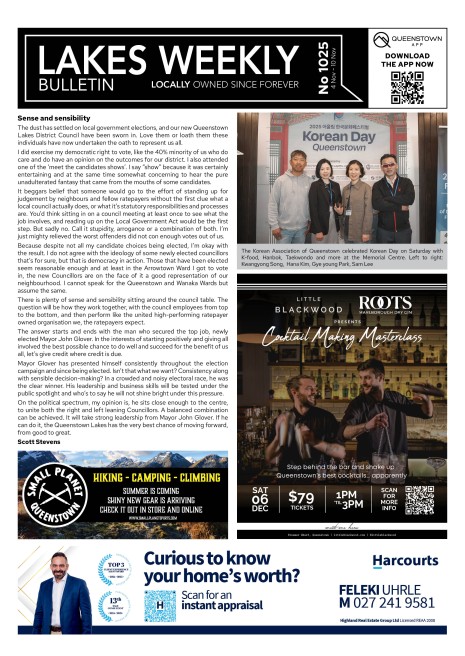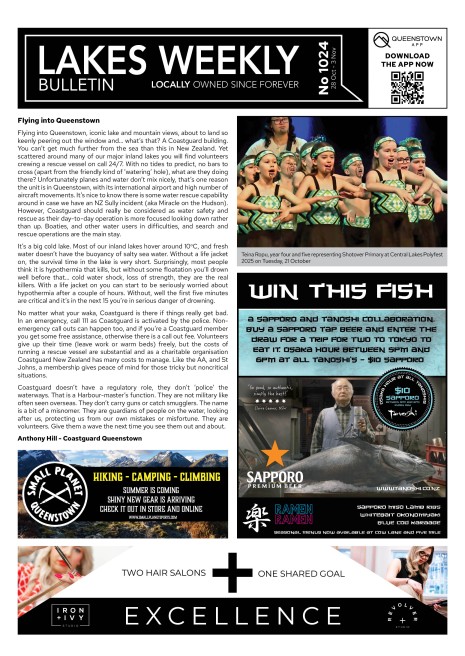Housing Minister Chris Bishop sets 'long-term' price target of three to five times household incomes

The new housing minister has set a target of having homes costing just three to five times household incomes - well below what they are now in most of New Zealand.
But Chris Bishop does not want too quick a fix to the country's housing affordability crisis - saying a crash "tomorrow" would "cause enormous economic and financial instability to people".
"What I want is for house prices to moderate over time, so that in 10 to 20 years' time, we have essentially gone a long way towards solving our housing affordability problem," he told Checkpoint on Tuesday.
Earlier in the day he outlined the first steps in his plan, saying most of the country's biggest cities will be flooded with land for residential development.
In a speech delivered to Wellington's Chamber of Commerce, Bishop confirmed councils will have to earmark 30 years' worth of land for housing development.
They will be able to opt out of housing density rules that allow homes up to three stories high on most residential sites without the need for a consent - a bi-partisan rule that National signed up to in opposition. Instead, councils will be able to choose exactly where high density housing goes.
He also promised to make it easier to build granny flats or dwellings less than 60 square metres.
In his speech, Bishop said the status quo was costing the country the equivalent of 15 Transmission Gully motorways every four years "just on helping people to be housed".
"The taxpayer subsidises rents for people in social housing, we pay for emergency housing grants, we pay for transitional housing, we help people with their bond payments and so it goes. A failure to reform housing has made it extremely expensive for government."
And in a briefing to Cabinet, Bishop said housing affordability was arguably the single most pressing economic and social issue.
Speaking to Checkpoint, Bishop said New Zealand was not short of land, but rules "make it very difficult to use that land".
"What we're saying is we need to go out at the edge of our cities and we also need to go up inside our cities."
Inside existing limits, Bishop said the coalition government would keep Labour's policy of allowing up to six storeys "within walkable catchment areas of rapid transit stops", and give councils more discretion over what areas had to allow up to three storeys.
Asked how councils would be prevented from pushing most of the intensification to certain suburbs and leaving others alone, he said: "There are natural limits on the intensification that would take place in suburbs. There are infrastructure limits, for example.
"But also, you know, over time suburbs will change and the nature of our cities will change. I mean, if you think about the Auckland CBD now, compared to say 50 years ago, it is much more dense, many more people live in apartments, they live in tower blocks in the CBD. The same is true to some extent of Wellington.
"But you know, the Wellington of today will look very different to the Wellington of 30 years' time. Change will be gradual. It is not going to happen immediately, change will happen over many, many years.
"But what I am saying and what the government is saying is that we need more houses. We have an affordability problem in New Zealand and have done so for 30 years because we have designed a planning system that has made it very difficult to build more housing, and it is a social and economic problem we've simply got to grapple with."
Pressed on how much he would like to see house prices drop, Bishop cited the internationally popular metric of prices to household incomes.
"In housing markets that we consider to be affordable, a house price to income ratio of between three and five is considered affordable. That's not the case in most of our major cities right now."
Current data shows that multiple nationwide is currently 6.6. In Auckland it is 8.1, Wellington 6.14, Christchurch 5.84, Hamilton 6.57 and Dunedin 5.7. In Queenstown-Lakes, the multiple is almost 15.
"Over time as you moderate house prices and incomes grow, [three to five] is what we would like to see things get to, but as I say, that is not going to happen immediately and it is not going to even happen in the next two to three or four years. This is something that has to happen in the medium- to long-term.
"And unless we do that, house prices will continue to go up and people will continue to be locked out of the housing market.
"I want house prices to be affordable, and a house price to income ratio of seven, eight, nine, 10, 11, 12, in some cases 13 to one in some parts of New Zealand is not affordable, entrenching inequality and poverty in our cities."
He refused to give an exact timeframe, saying that would be making the same mistake the Labour-led government did in claiming it could build 100,000 houses in 10 years.
"Land markets and the economy is much more complicated than that. What I am saying to you is that we have [an] extensive and comprehensive work programme based on evidence to make housing more affordable in the medium- to long-term."










